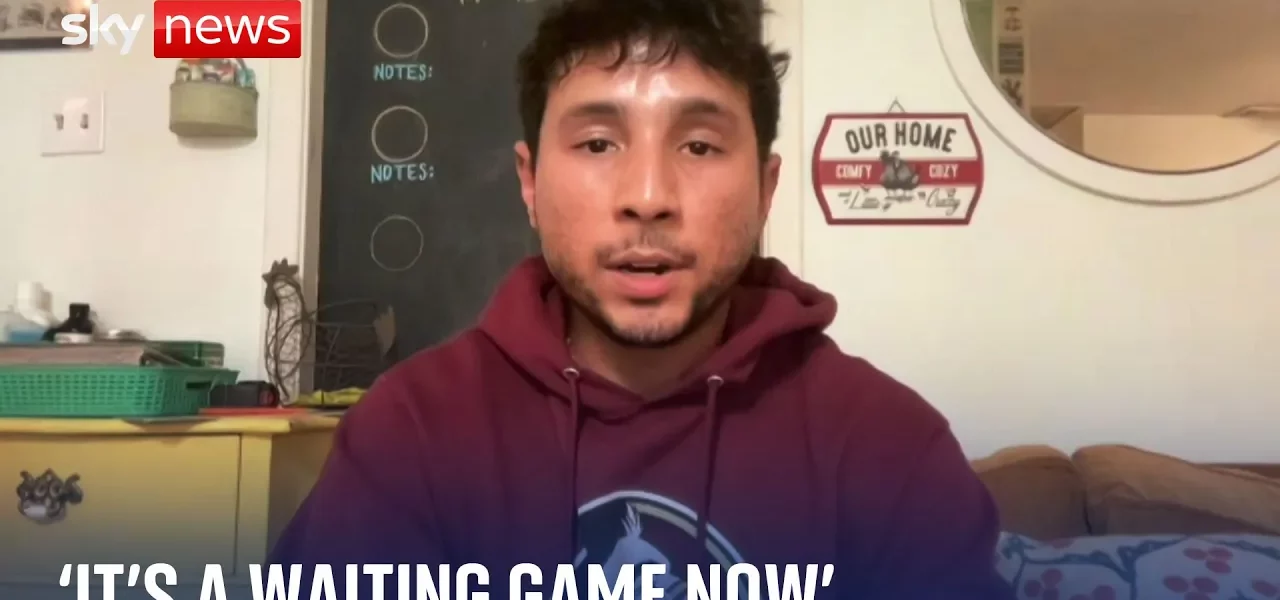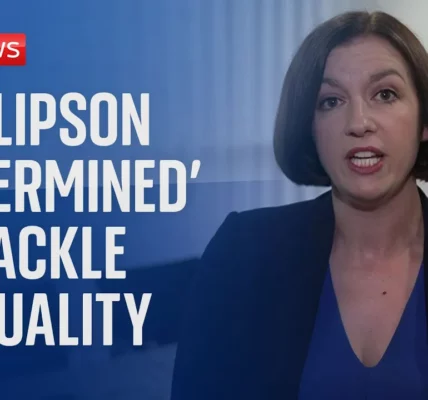The Impact of Recent Storms in Florida: Community Responses and Recovery Efforts

This article explores the recent storms affecting Florida, focusing on the responses of local authorities, the experiences of residents, and the vital role of community support during such disasters.
Introduction
Recent storms have posed significant challenges to the residents of Florida, particularly those in coastal areas. While Tallahassee has experienced relatively mild impacts, communities along the Gulf Coast have faced the brunt of the storm’s fury. This article delves into the preparedness of local authorities, the challenges faced by residents, and the supportive actions taken by individuals and organizations in the wake of these natural disasters.
Storm Impact and Response
As storms become more frequent, Florida’s local authorities have honed their skills in disaster preparedness and response. The deployment of nearly 10,000 National Guard members exemplifies the state’s commitment to safety and recovery.
Preparedness Measures by Local Authorities
- Training for emergency situations
- Timely warnings to residents
- Coordination with state and federal agencies
These measures help ensure that residents are adequately prepared for adverse weather events, minimizing potential harm and disruption.
Current Conditions and Power Outages
Despite the preparedness, the storm has left approximately 2 million homes and businesses without power. Residents are navigating the challenges of disconnection and uncertainty, highlighting the human side of these statistics. Many families are sharing their experiences, providing insight into the emotional toll of such events.
Personal Accounts from Affected Residents
Families and friends caught in the storm’s path have reported significant challenges, including power outages and communication breakdowns. Some have chosen to evacuate, while others have decided to ride out the storm.
Evacuation Experiences
Evacuation can be a daunting decision. Those who have evacuated to safer areas, like Tallahassee, are now facing the difficult task of assessing the damage back home.
- Gather essentials for evacuation
- Stay informed via local news and officials
- Return home cautiously to assess damage
Evacuees often rely on community support networks to provide updates and assistance as they navigate this challenging process.
Why Some Choose Not to Evacuate
Interestingly, some residents opt to stay despite the risks. This Florida-centric mindset reflects a complex relationship with storms, often rooted in experience and familiarity.
Community Support and Recovery Efforts
In the aftermath of the storm, community solidarity plays a crucial role. Initiatives such as monetary donations from celebrities, including Taylor Swift’s notable contribution of $5 million for hurricane relief, highlight the importance of collective effort during recovery.
The Role of Celebrities in Disaster Relief
High-profile figures often mobilize support for affected communities, raising awareness and funds. This philanthropic spirit can significantly aid recovery efforts.
Grassroots Community Support
Beyond celebrity involvement, local communities come together to support one another. This includes:
- Organizing food and supply drives
- Offering shelter to those displaced
- Creating volunteer opportunities for clean-up and recovery
Such actions showcase the resilience and compassion inherent in Floridian culture.
Conclusion
In conclusion, the recent storms in Florida underscore the importance of preparedness, community support, and resilience in the face of adversity. While the recovery process may be long and challenging, the collective efforts of local authorities, residents, and supporters provide hope and strength for those affected. If you or someone you know is impacted by the storms, consider reaching out to local organizations to see how you can help or find assistance.
“`




